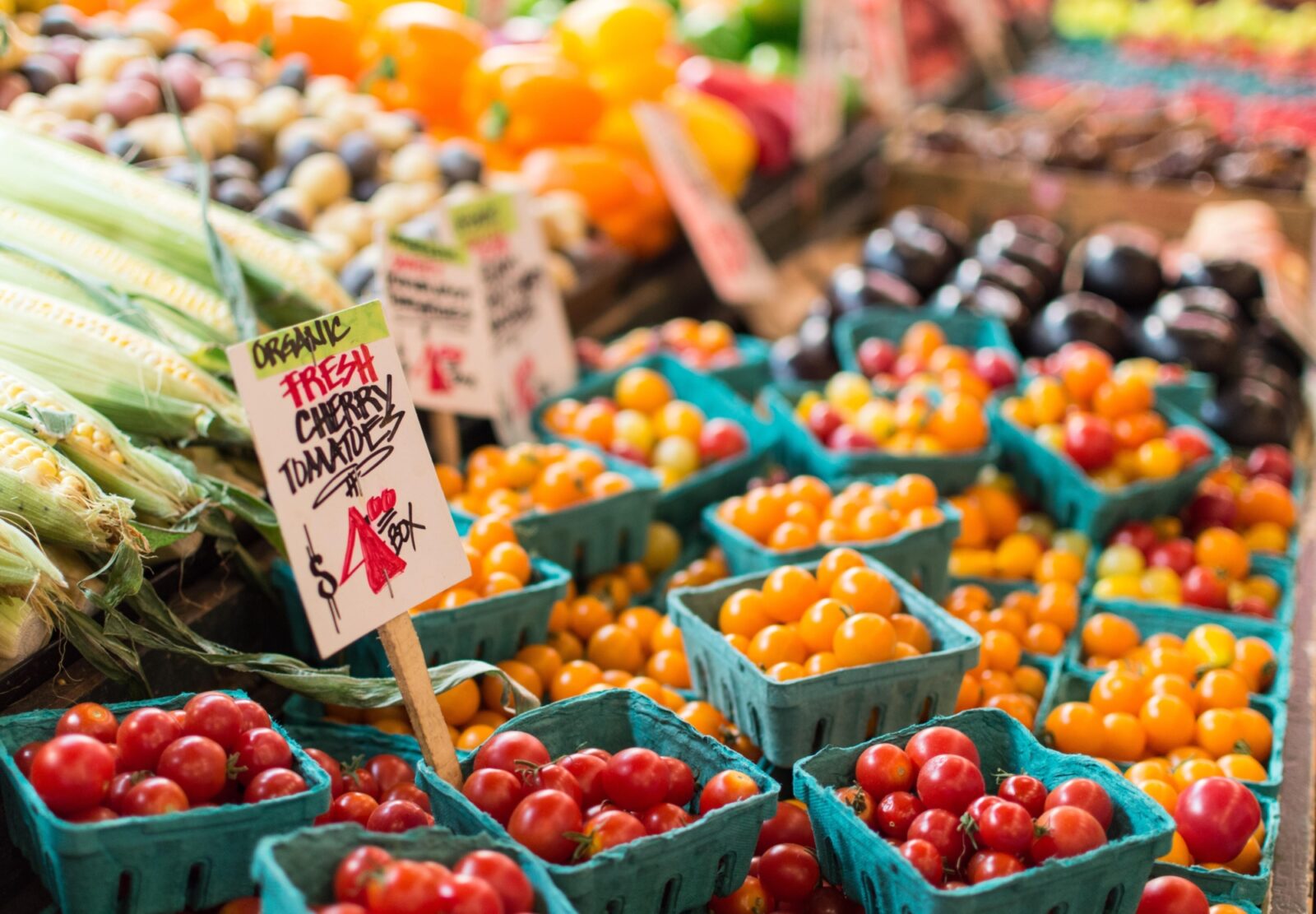How to Understand General Ledger Codes for Your Restaurant Accounting

Justin GuinnAuthor
Your general ledger is the foundation of your restaurant accounting. It houses your restaurant chart of accounts and provides a record of money flowing in and out of your operation.
Understanding general ledger (GL) codes is critical for anyone in the industry who wants to increase financial efficiency and take control of restaurant costs.
Restaurant operators must get a firm handle on their general ledger and define their GL coding best practices. Essential to this is understanding where to draw the line with how detailed you get in your GL coding.
Read on to learn exactly what general ledger codes are, why they’re so important for restaurants, how you can optimize your GL coding, and how to balance GL coding with more granular insights and analysis from restaurant costing platforms.
Restaurant Cost Control Guide
Use this guide to learn more about your restaurant costs, how to track them, and steps you can take to help maximize your profitability.

What are general ledger codes?
General ledger codes are used to easily track recurring expenses by assigning a code or number to each expense type (utilities, rent, etc).
These codes allow accountants to quickly get an idea of where money is being spent without needing to type out each individual expense each time.
In the restaurant world, GL codes are valuable inventory and invoice tracking tools in addition to their accounting benefits.
A restaurant general ledger is the source of truth for all points of accounting. It tracks every transaction made during the lifespan of a company. In restaurants or restaurant groups, the general ledger includes valuable info, such as vendor purchases, labor expenses, and daily sales.
Your restaurant GL codes can be either numeric or descriptive, depending on the requirements of the accounting system or software you’re using. There is no right or wrong way to implement them, although numeric codes are considered the best practice.
GL codes are usually kept as broad as possible to keep the General Ledger neatly organized and audit-ready — also known as “clean”.
Why are general ledger codes important for restaurants?
GL codes offer a layer of specificity that’s important for both the finance and ops sides of the restaurant business. For accountants, the codes help them become more efficient with bookkeeping work.
If you’re like most restaurants, you have tons of transactions going into your general ledger. It’s hard to keep track of all of these transactions as individual line items. This is where GL codes come into play. These codes are created by business owners or accountants in order to categorize transactions and make your full ledger searchable.
A restaurant accountant can use GL codes to reconcile vendor statements against actual invoices. The codes enable them to search through entries with specific criteria rather than examining each entry individually, ultimately saving the restaurant money on labor costs.
Costing insights is another key benefit that specific GL codes can offer restaurants. Restaurants should always be monitoring and looking to reduce prime costs — such as a breakfast cafe tracking fluctuations in bacon prices and egg prices.
GL codes provide a high-level clarity into your labor and food costs so that you can make more informed decisions.
There’s a critical balance to strike with your general ledger though. A super-specific restaurant GL makes your accounting system messy and difficult for you and your accountants to navigate.
This is why costing tools, such as xtraCHEF by Toast, are critical for unlocking detailed insights without muddying up your larger accounting system. You can use xtraCHEF by Toast for daily and weekly insights while reserving your GL for audits, monthly/quarterly round-ups, and tax season.
What’s the optimal process for restaurant GL coding?
The obvious question from all this GL coding talk is what it means for your restaurant accounting practices. What’s the best way to accurately and efficiently conduct GL coding?
There’s no easy answer here — the importance and potential impact of mastering GL codes will vary depending on your restaurant accounting set up.
If you’re starting from scratch with a new restaurant (or new books), then you’re in luck! This is the least painful path of GL coding optimization. You have a clean general ledger that you can bend to your needs.
If you outsource your restaurant accounting needs to a bookkeeper, they’re likely driving the ship on GL coding and have their own system. You could discuss their coding tactics, but what you really want is meaningful insights they can provide you.
If you’ve been doing your own restaurant bookkeeping yourself or in-house, it’s worth examining where and how you’re getting your restaurant performance insights. There’s likely room to clean up your GL while also gaining more detailed insights.
Read this next

State of Avocado Prices: Wholesale Restaurant Food Cost Trends
See trends and fluctuations for wholesale restaurant avocado prices based on proprietary Toast data.
How can restaurants actually conduct GL coding?
One thing is true regardless of whichever path you’re on:
It doesn’t matter whether your bookkeeping is in-house or outsourced, you’re leaving money and time on the table if you’re not using automated invoice processing.
Invoice processing automation is a tool that digitizes invoices, automatically GL coding them to match your specifications.
These systems use machine vision and machine learning to literally read your invoice, extract and categorize the line items, and then apply proper GL codes. It’s an invaluable tool for your accounting process.
xtraCHEF by Toast combines invoice processing automation with in-depth costing and inventory tools. The platform can surface detailed operational and financial insights while also passing coded invoice data into your accounting system.
It’s an especially valuable tool when paired with Toast Point of Sale and Toast Payroll data. Together, the all-in-one Toast platform can help you unlock critical learnings that help you make better decisions on the health and performance of your restaurant operation.
Menu Engineering Course
Take this course to make the most of your menu. Learn about menu psychology and design, managing your menu online, and adapting your menu to increase sales.

Is this article helpful?
DISCLAIMER: This information is provided for general informational purposes only, and publication does not constitute an endorsement. Toast does not warrant the accuracy or completeness of any information, text, graphics, links, or other items contained within this content. Toast does not guarantee you will achieve any specific results if you follow any advice herein. It may be advisable for you to consult with a professional such as a lawyer, accountant, or business advisor for advice specific to your situation.


